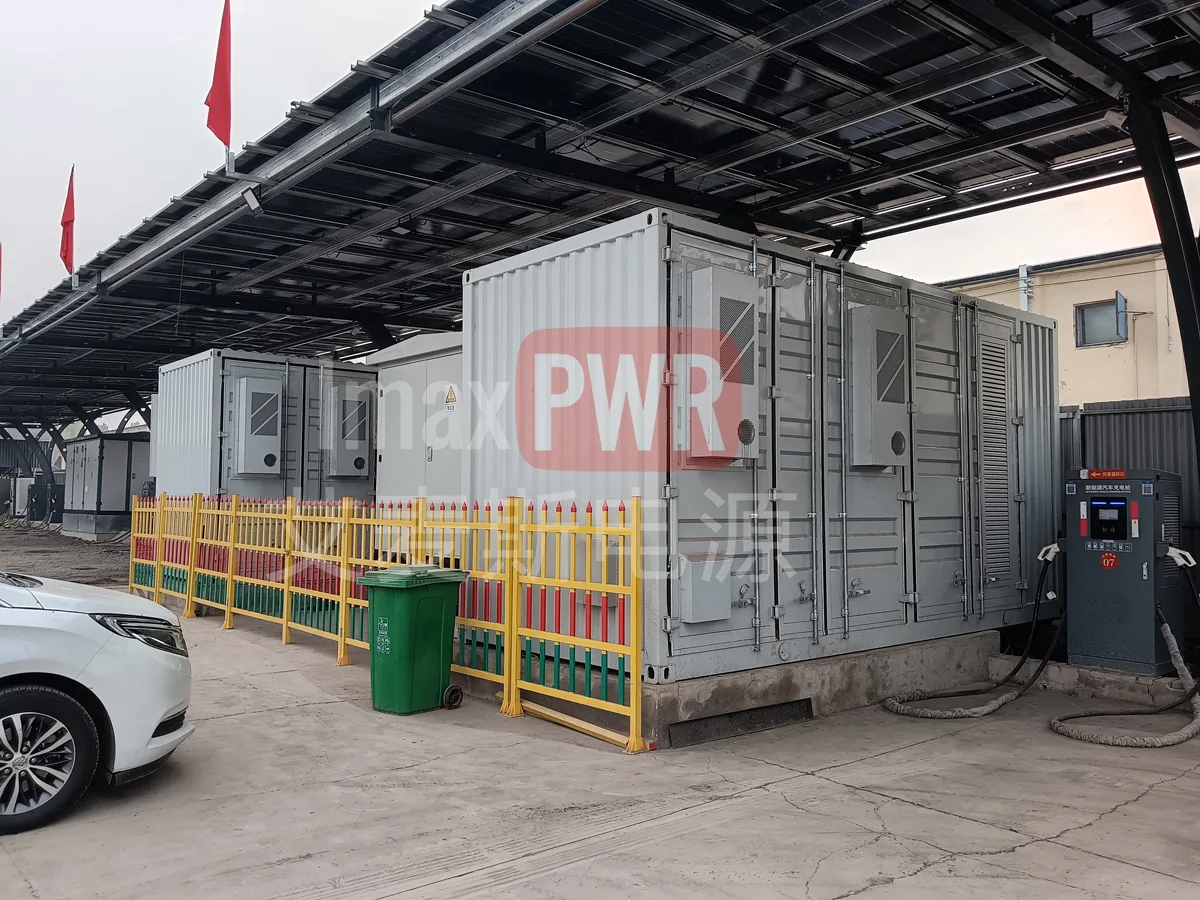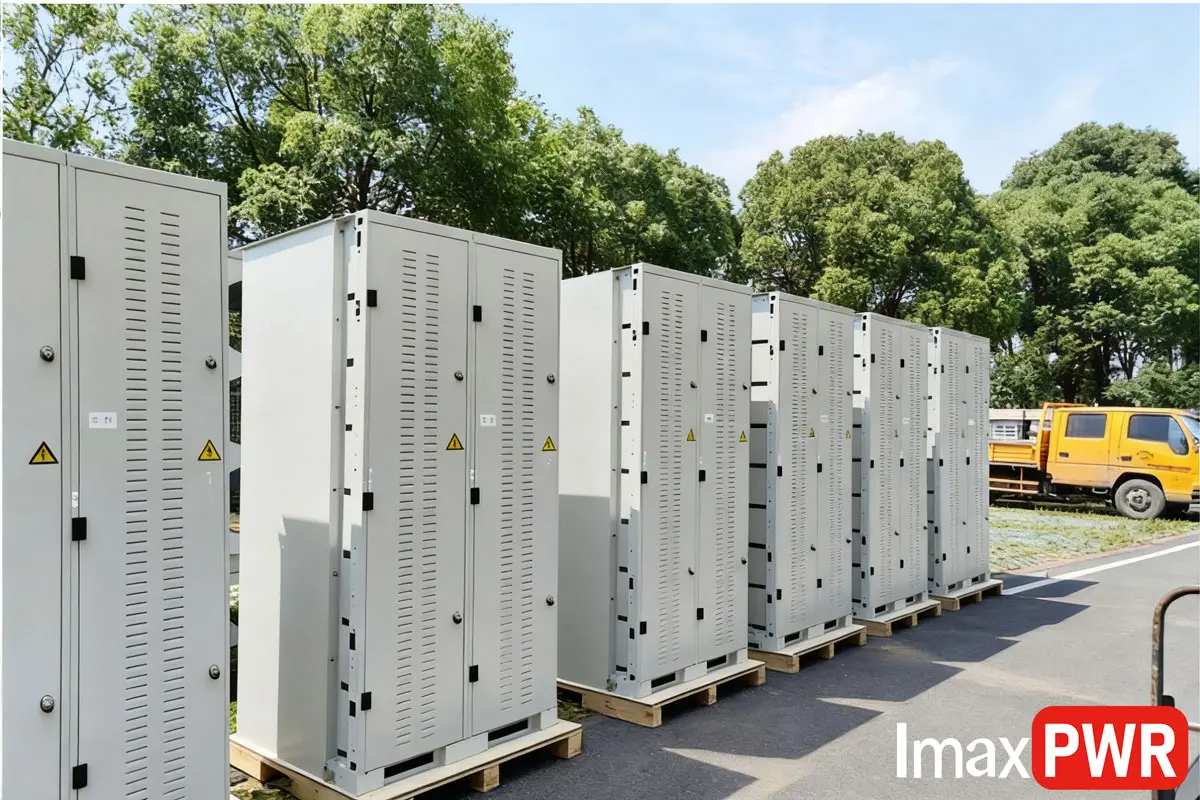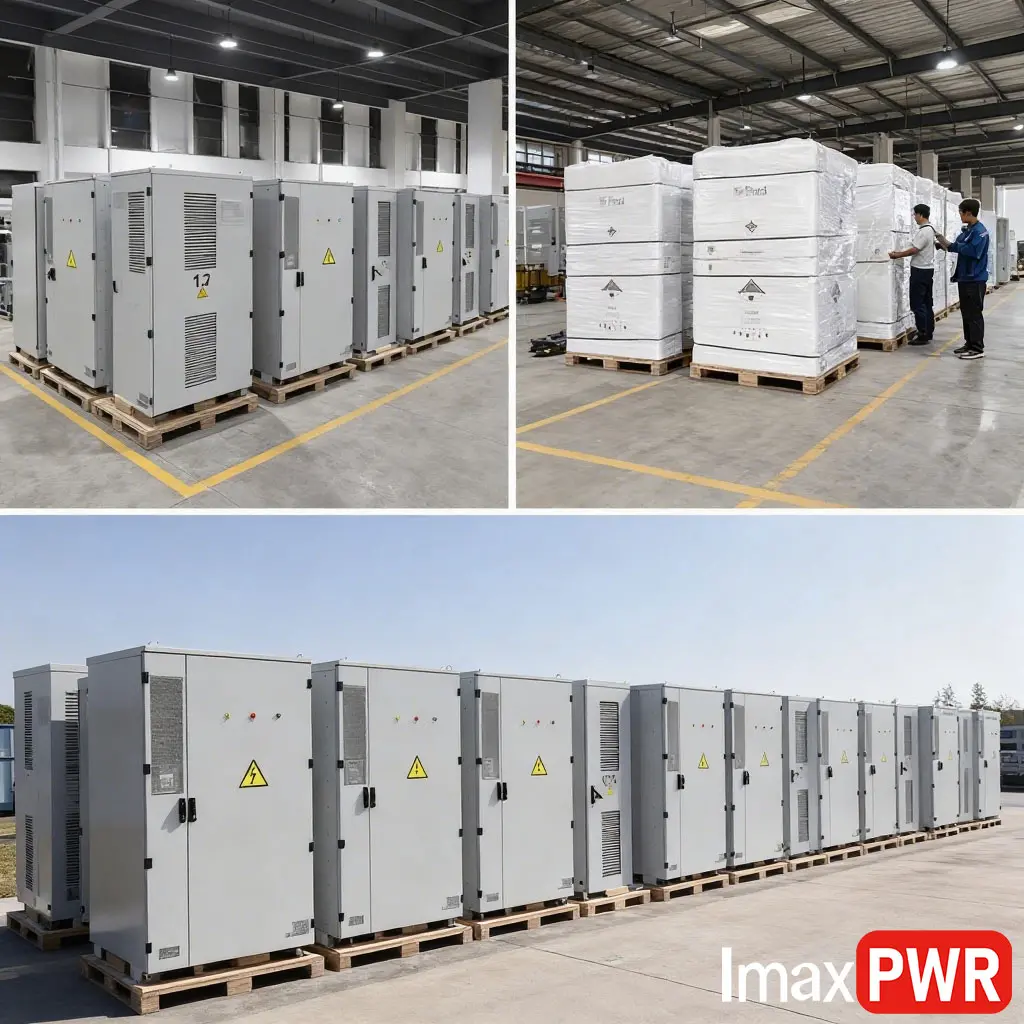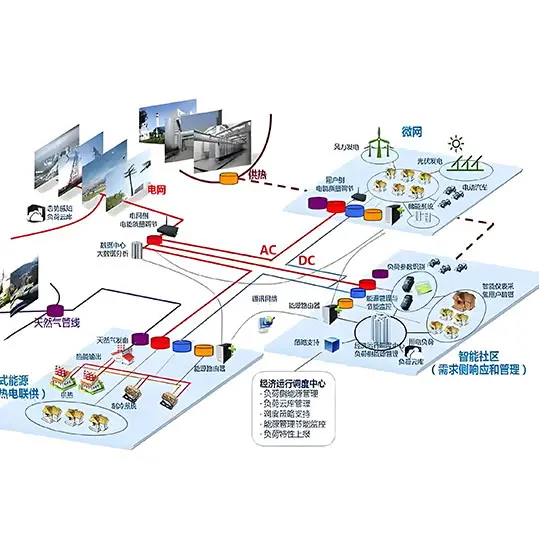The low-voltage distribution network flexible mutual assistance solution highly integrates the discharge system, the power transformation and distribution system and the power consumption equipment through energy conversion devices. By interconnecting through the low-voltage flexible DC bus and leveraging the edge computing function of the intelligent fusion terminal of the transformer area, real-time monitoring and control of the equipment within the system can be achieved, and energy dispatching strategies for the interconnected system can be formulated. This can effectively solve the stability operation and power quality problems caused by the large-scale integration of distributed photovoltaic and electric vehicles, and enhance the power supply reliability of the transformer area.
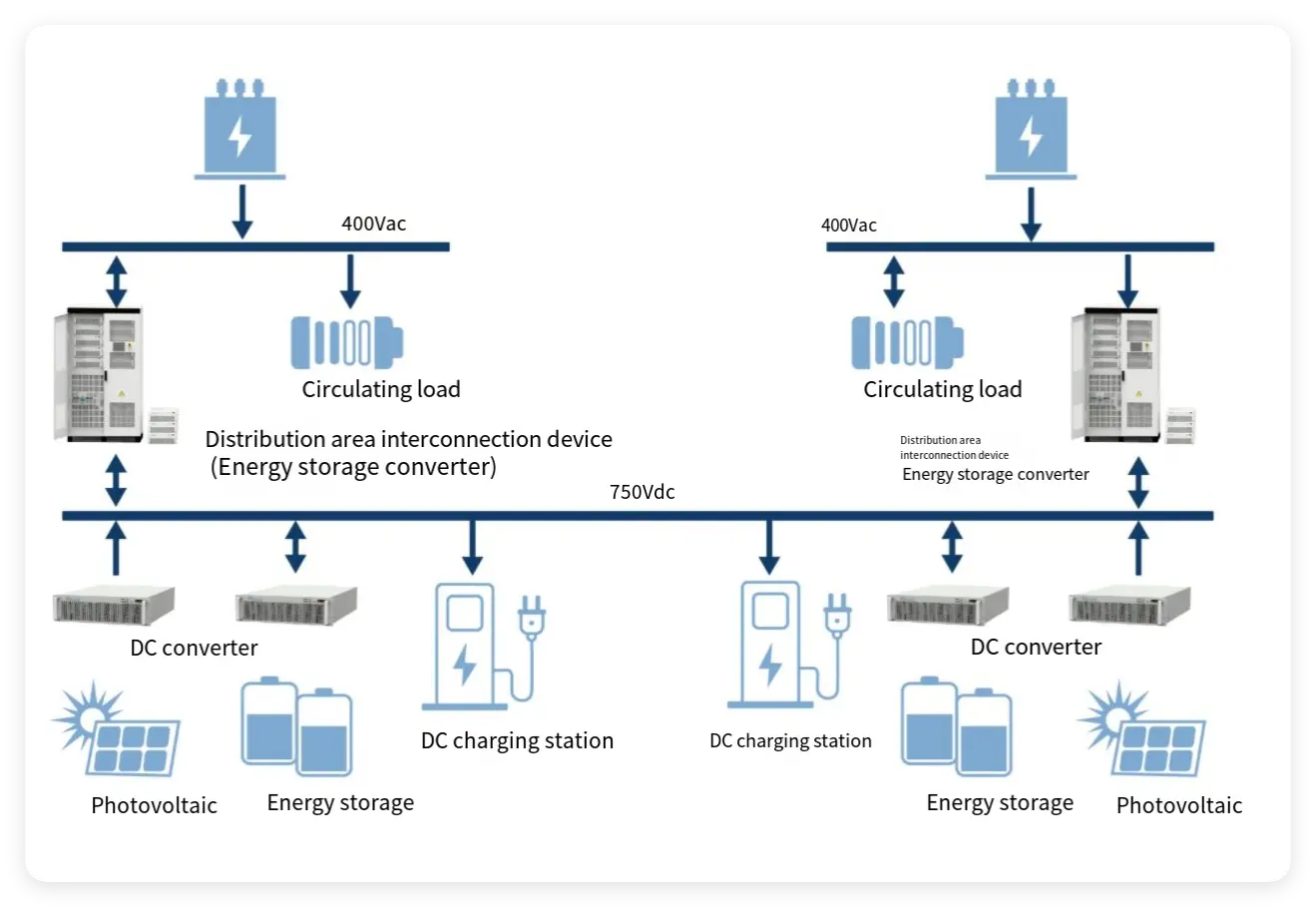
Typical Configuration and Recommended Products
Recommended Product: Energy Storage Converter
- Core Advantages:
- Built-in power frequency transformer ensures strong impact resistance and high stability.
- Offers two operation modes: DC voltage stabilizer and AC voltage source, meeting the regulation requirements of interconnected systems.
Recommended Product: DC Converter
- Core Advantages:
- Supports connection of photovoltaic modules and various types of energy storage batteries, enabling multi-purpose use.
- Features a wide voltage input range design, allowing for more flexible selection and configuration of photovoltaic modules and energy storage batteries.
- Provides independent control of two input channels, enhancing photovoltaic power generation efficiency and enabling refined management of energy storage batteries.

